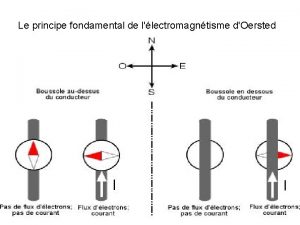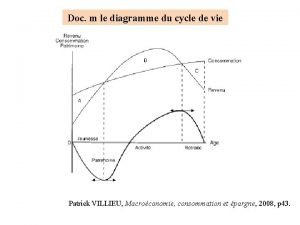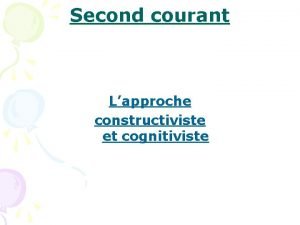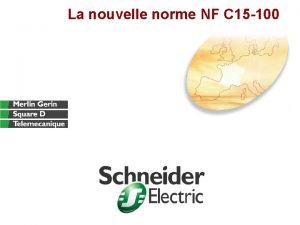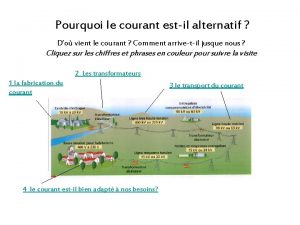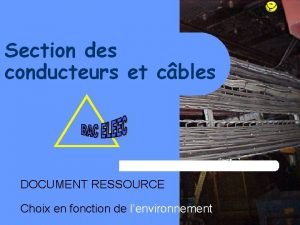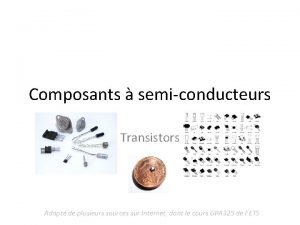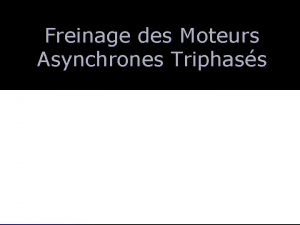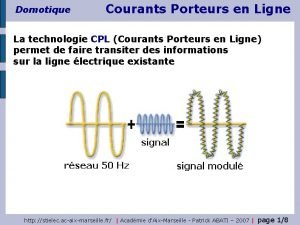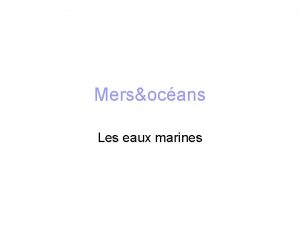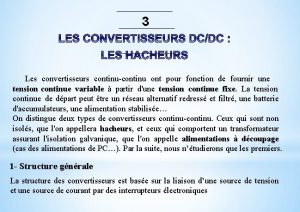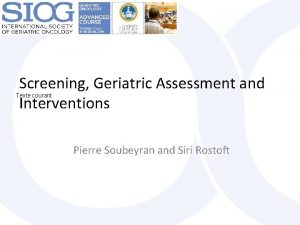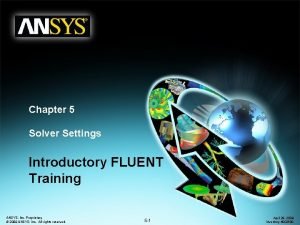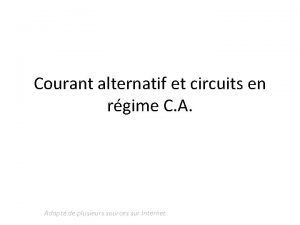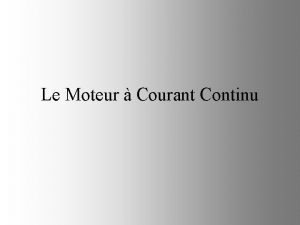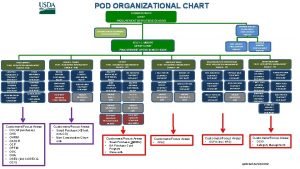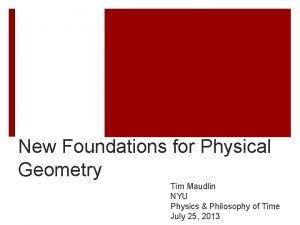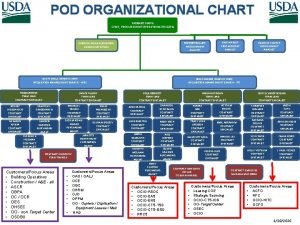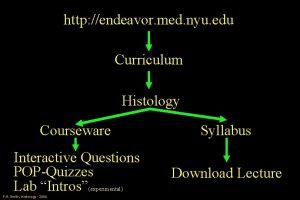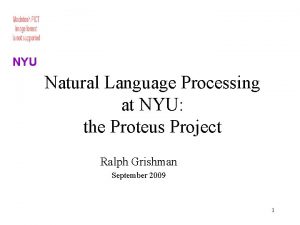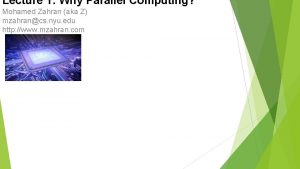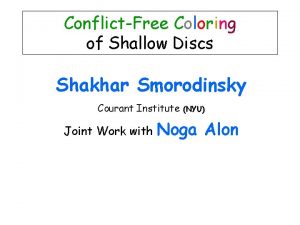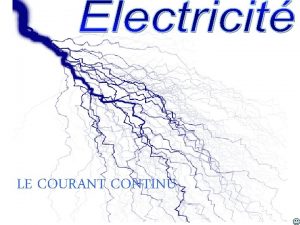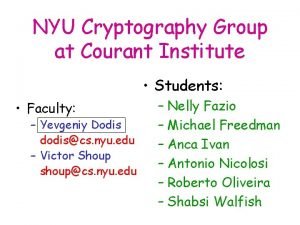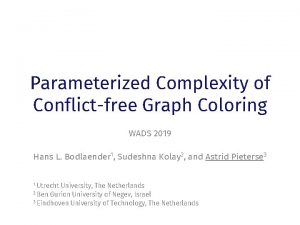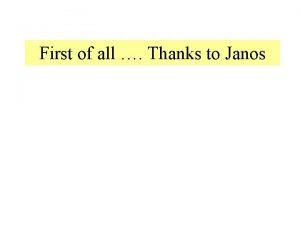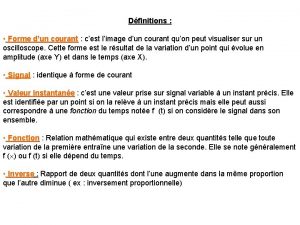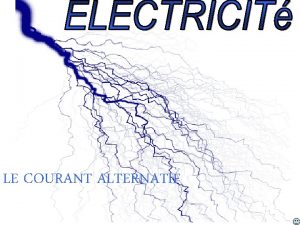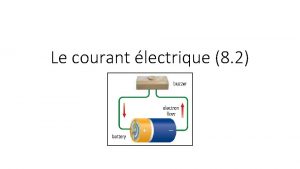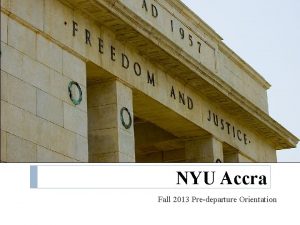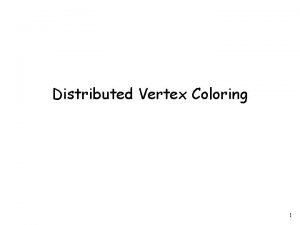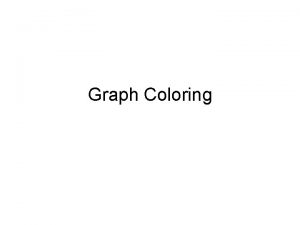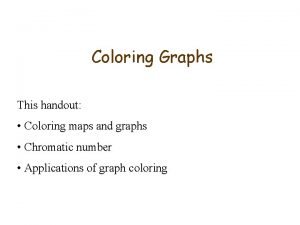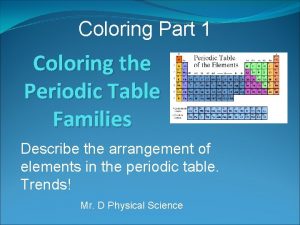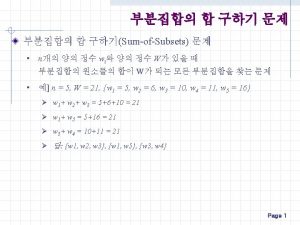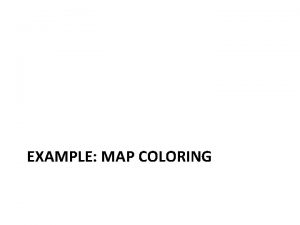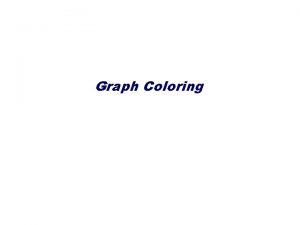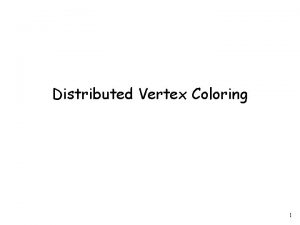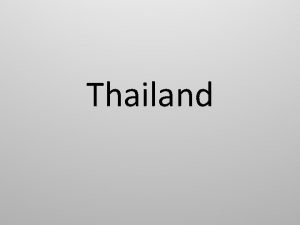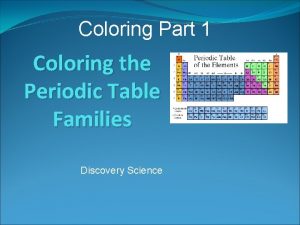Online conflictfree coloring Shakhar Smorodinsky Courant Institute NYU




![Motivation [Even et al. ]: From Frequency Assignment in cellular networks 1 1 2 Motivation [Even et al. ]: From Frequency Assignment in cellular networks 1 1 2](https://slidetodoc.com/presentation_image/97de9ac6c1b1394d064302f95942d485/image-5.jpg)






























![Recent result [Kaplan-Sharir] A randomized algorithm for online CF coloring in the plane with Recent result [Kaplan-Sharir] A randomized algorithm for online CF coloring in the plane with](https://slidetodoc.com/presentation_image/97de9ac6c1b1394d064302f95942d485/image-36.jpg)

- Slides: 37

Online conflict-free coloring Shakhar Smorodinsky Courant Institute, NYU work with Amos Fiat, Meital Levy, Jiri Matousek, Elchanan Mossel, Janos Pach, Micha Sharir, Uli Wagner, Emo Welzl,

Background Conflict-Free Coloring of Points w. r. t Discs Any (non-empty) disc contains a unique color A Coloring of pts is Conflict Free (CF) if: 4 1 3 3 2 2 4 3 1

What is Conflict-Free Coloring of pts w. r. t Discs? Any (non-empty) 1 disc contains a unique color A Coloring of pts is Conflict Free if: 1 3 3 2 2 4 3 1

So, what are the problems? For example: f(n) s. t. any n points can be CF-colored (w. r. t discs) with f(n) colors? What is the minimum number
![Motivation Even et al From Frequency Assignment in cellular networks 1 1 2 Motivation [Even et al. ]: From Frequency Assignment in cellular networks 1 1 2](https://slidetodoc.com/presentation_image/97de9ac6c1b1394d064302f95942d485/image-5.jpg)
Motivation [Even et al. ]: From Frequency Assignment in cellular networks 1 1 2

Problem Statement for points (w. r. t discs) What is the minimum number f(n) s. t. any n points can be CF-colored (w. r. t discs) with f(n) colors? Lower Bound f(n) > log n Easy: n pts on a line! Discs => Intervals n pts log n colors n/2 n/ 4 1 3 2

Points on a line: Upper Bound (cont) log n colors suffice (when pts colinear) 3 1 2 1 Color every other point with i Remove colored points; i = i+1 Iterate until no points remain

Previous work • There are 2 previous papers on offline CF coloring • Even, Lotker, Ron, Smorodinsky (SICOMP 03) Approximation algs + bounds for discs. • Har Peled and Smorodinsky (D&CG 05) Extended to different ranges, higher dimensions, relaxed colorings, VC-dim, etc…

Our result: Online CF-coloring for intervals: Points arrive online When a point arrives you need to give it a color Conflict free at any time: Any interval should contain a color that appears there exactly once 1 3 2 1 2

A simple algorithm Def: A point x sees color i, if there is a point y colored i, such that all points between x and y are colored < i x i <i <i

A simple algorithm (Cont) Give each newly inserted point the lowest color that it does not see x 2 1 3 2 1

A simple algorithm (Cont) Give each newly inserted point the lowest color that it does not see x 2 1 3 1 2 1 This alg maintains the stronger property that the maximum is unique

Example 1 2 1 3 1 2 1 4 1 2 1 3 1 O(log n) for “extreme ends” insertion sequence 2 1

Is this algorithm good for general insertion sequences ? 1 2 1 3 2 1 4 3 2 1

Is this algorithm good for general insertion sequences ? 1 2 1 3 2 …… 1 2 1 1 2 4 3 …… k-1 1 …… 1 k 1 For this sequence the simple algorithm uses Ω( n) colors

Open problem #1 • Is there a nontrivial upper bound on the number of colors used by this simple algorithm ?

Can we do it with fewer colors ? (using another algorithm)

New level


A new point gets into the lowest level at which it can extend a basic block either to the right or to the left It splits any basic block of lower level that surrounds it






Within a basic block we use the simple algorithm, with a separate set of colors for each level

Why is the coloring CF ? Any interval I intersects only one basic block of the highest level (of points in I) Use validity of the simple algorithm for this level

Analysis Within a level we use only O(log (maximum block size)) colors Because we are promised that points are always inserted in the extreme ends of a block

How many levels can we get? Def: Partition each basic block into atomic intervals: i i <i Each point closes exactly one atomic interval when it is inserted We associate each interval with the point that closed it

How many levels can we get? x When we insert a point x at level i, it breaks atomic intervals of level 1, 2, …i-1 Charge x to the closing points of those atomic intervals

A forest describes the charging history These are binomial trees: A node of level i has a child of each level i-1, i-2, …. , 1 Such a node has 2 i descendants So we have at most log(n) levels

Summary Thm: The algorithm produces a CF coloring with O(log 2(n)) colors

An improvement using randomization • Use a bit more levels but fewer colors per level • Make the basic blocks in each level short: O(log n) • The result: a CF coloring with O(log n) colors w. h. p.

More open problems • Is there a deterministic algorithm that uses o(log 2(n)) colors ? • Is there a randomized algorithm that uses o(log n) colors ? • Ω(log n) lower bound

Online CF coloring in 2 -D • So what is really interesting are points in the plane, and online CF coloring with respect to disks • For arbitrary disks, we show a lower bound n: Every point gets a new color • Unit disks ? Halfplanes?
![Recent result KaplanSharir A randomized algorithm for online CF coloring in the plane with Recent result [Kaplan-Sharir] A randomized algorithm for online CF coloring in the plane with](https://slidetodoc.com/presentation_image/97de9ac6c1b1394d064302f95942d485/image-36.jpg)
Recent result [Kaplan-Sharir] A randomized algorithm for online CF coloring in the plane with respect to unit disks with O(log 3(n)) colors w. h. p. (also works for halfplanes and nearly equal axis-parallel rectangles)

I guess now there is a conflict with time… Thank You!
 Il nous tient au courant
Il nous tient au courant Intensité du courant
Intensité du courant Courant number
Courant number Diagramme cycle de vie
Diagramme cycle de vie A quel courant artistique appartient claude monet
A quel courant artistique appartient claude monet Courant cognitiviste
Courant cognitiviste Classification des locaux selon nf c 15-100
Classification des locaux selon nf c 15-100 Un courant alternatif
Un courant alternatif Calcul du courant admissible iz
Calcul du courant admissible iz Source de courant commandée en tension
Source de courant commandée en tension Hypersynchrone
Hypersynchrone Domotique cpl
Domotique cpl Korhonen courant
Korhonen courant Courant de turbidité
Courant de turbidité Tension moyenne
Tension moyenne Texte courant
Texte courant Ansys solution
Ansys solution Amplitude courant alternatif
Amplitude courant alternatif Hacheur symbole
Hacheur symbole Couple de laplace
Couple de laplace Language now
Language now Nyu procurement org chart
Nyu procurement org chart Michael kieffer nyu
Michael kieffer nyu Nyu edd
Nyu edd Clara solomon nyu
Clara solomon nyu Nyu epilepsy center
Nyu epilepsy center Nyu undergraduate research conference
Nyu undergraduate research conference Nyu furman center
Nyu furman center New foundations for physical geometry
New foundations for physical geometry Nyu ccwp
Nyu ccwp Nyu procurement org chart
Nyu procurement org chart Nyu traveler
Nyu traveler Nyu histology
Nyu histology Bigpurple nyu
Bigpurple nyu Nyu nlp
Nyu nlp Nyu avery fisher center
Nyu avery fisher center Parallel computing nyu
Parallel computing nyu Ian giddy
Ian giddy

